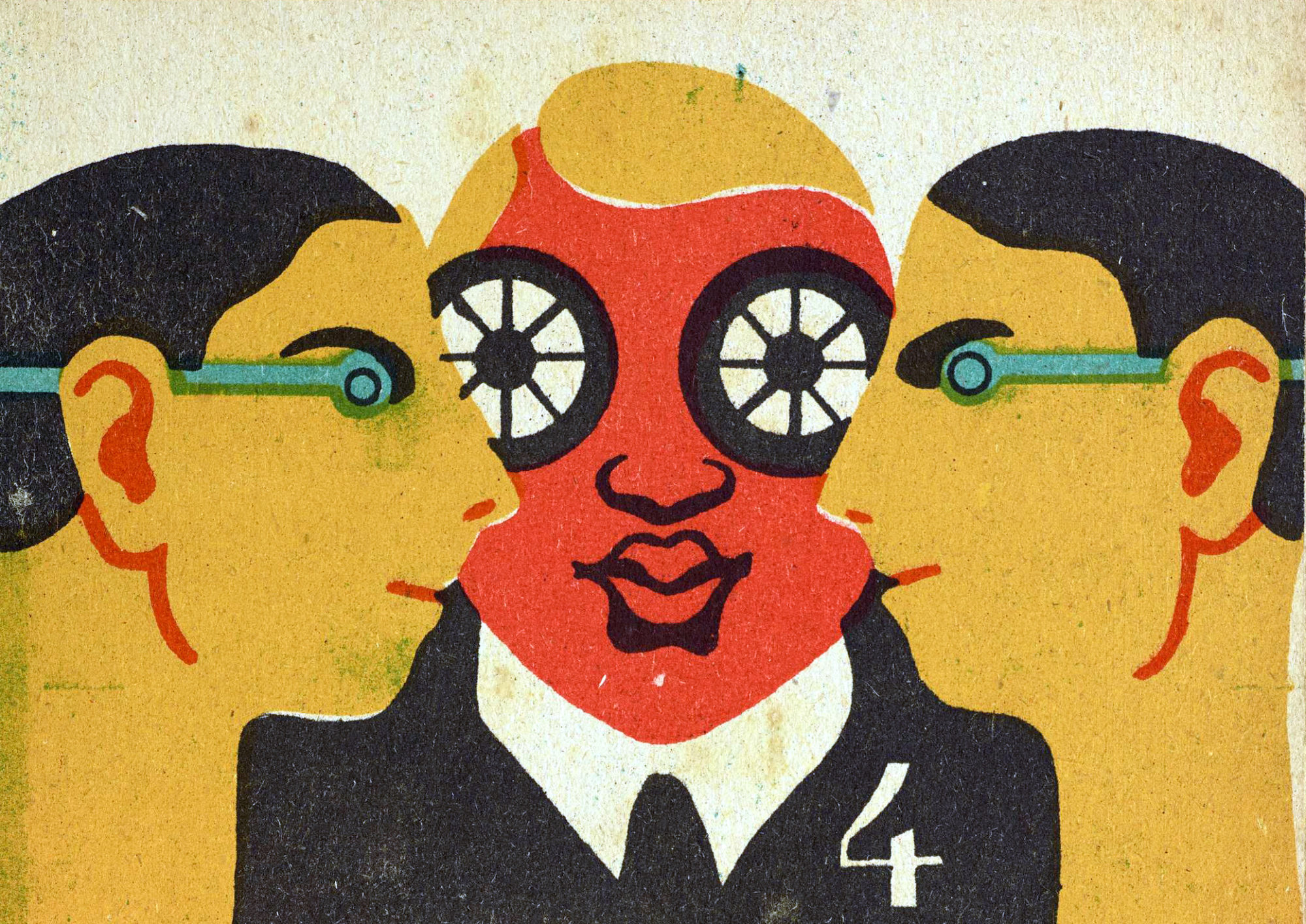 In February 1918, less than four months after the Bolshevik revolution, L. Kormcnii in a “Pravda” article compared children’s books with a “forgotten weapon,” complaining that the Bolsheviks did nothing to wrestle children’s literature from their enemies, who continued to use this “poisonous weapon” for producing slavish Russian “subjects” (poddanye). Indeed, in 1921, at the end of the Civil war, the book industry hit its lowest level ever, delivering to the market only 33 book titles for children. Yet, the following year, the number of published titles reached 200. A crucial breakthrough took place in 1924: with its 558 titles, the industry finally superseded the pre-revolutionary numbers (ca. 400), entering a period of a massive production of cheap books with a standard circulation of between 5,000 and 10,000 copies. In 1926, there were already 936 titles; in 1929 – more than 1,500. By 1936, Detgiz, a specially created publisher of children’s literature, annually produced 40 ml copies of books and magazines for children.
In February 1918, less than four months after the Bolshevik revolution, L. Kormcnii in a “Pravda” article compared children’s books with a “forgotten weapon,” complaining that the Bolsheviks did nothing to wrestle children’s literature from their enemies, who continued to use this “poisonous weapon” for producing slavish Russian “subjects” (poddanye). Indeed, in 1921, at the end of the Civil war, the book industry hit its lowest level ever, delivering to the market only 33 book titles for children. Yet, the following year, the number of published titles reached 200. A crucial breakthrough took place in 1924: with its 558 titles, the industry finally superseded the pre-revolutionary numbers (ca. 400), entering a period of a massive production of cheap books with a standard circulation of between 5,000 and 10,000 copies. In 1926, there were already 936 titles; in 1929 – more than 1,500. By 1936, Detgiz, a specially created publisher of children’s literature, annually produced 40 ml copies of books and magazines for children.
Not all of these books were about politics; some of them were about printing newspapers, making dishes, or getting friendly with “the comrade tractor.” Fairy tales and stories about “birdies-kitties-doggies” and other “silly surrogates of the fauna” made up 40% of the book market in 1926. However, “the books of the future” clearly constituted the most dynamic sector of the market, attracting innovative artists and writers who contributed to what subsequently became known as the “golden age” of Soviet children’s books.
The infusion of the mass book market with Communist ideas was far from being simple, straightforward, or quick. There was no available legacy to build on, or even a clear narrative to express. In 1929, Anna Grinberg observed: “Soviet children’s literature appeared from nowhere (poiavilas’ na pustom meste).” Viktor Shklovsky, a Russian Formalist, would echo the same idea retrospectively: “The revolution took place. A lot of writers went abroad. Children’s literature almost ceased to exist. People started making it anew.” Key Marxist ideas had to be identified and reduced to a few formulas, which, in turn, could be simplified even more in various – catchy or corny – slogans and stories by the Soviet machinery of agitation and propaganda. In order to be adopted, the theory of Communism first had to be adapted symbolically.
While not neglecting the administrative force and the militant zeal with which Communist ideas were solidified by the mid-1930s, I find it more productive to pursue this process of adapting Marxism for the (semi-literate and illiterate) masses as a historically specific example of intra-cultural translation. This transposition of the revolution’s langue into a parole of daily life involved crucial syntactic, semantic, and ideological transformations, often accompanied by unintended consequences.
The radical expansion of the demographic borders of the “reading environment” brought with it an important pedagogical consideration. The modes of perception, levels of abstraction, or frames of metaphorical references on which books of the past had relied could no longer be taken for granted. Confronted by the actual comprehension skills of the socially, ethnically, and linguistically diverse “mass reader,” on the one hand, and the ideological demands of the time, on the other, the practitioners of the new Soviet literature focused on two main aspects. In content, children’s literature was to be concrete, useful, informative, and realist, aiming at a reader who was active and independent (samodeiatel’nyi). In form, the new literature was expected to bring the textual components of the book as close as possible to the pictorial by turning the “graphic language” (graficheskii iazyk) of the new book into a default communication interface with “a multi-lingual” reader.
In what follows, I explore how a new plastic language of the graphic book for young (mostly pre-school) Soviet children channeled, transformed and/or distorted Marxist rhetoric and ideas. Visually enhanced, discursive slogans were turned in these books into striking hybrid constructions. Ideographs of sorts, they made Communism iconic, suggesting pictorial and behavioral representations of a “collective commitment to a particular but equivocal and ill-defined normative goal.” I argue that the translation tools and techniques used by early Soviet writers and artists to render Marxism legible resulted in the gradual homogenization of heterogeneous visual and narrative representations of the Bolshevik revolution. As the history of early Soviet children’s literature demonstrates, not only did this thematic and expressive consolidation of the revolutionary narrative happen before Socialist Realism appeared as the dominant political aesthetics of the Soviet state, but also it was mostly driven by structural (rather than ideological) reasons.

